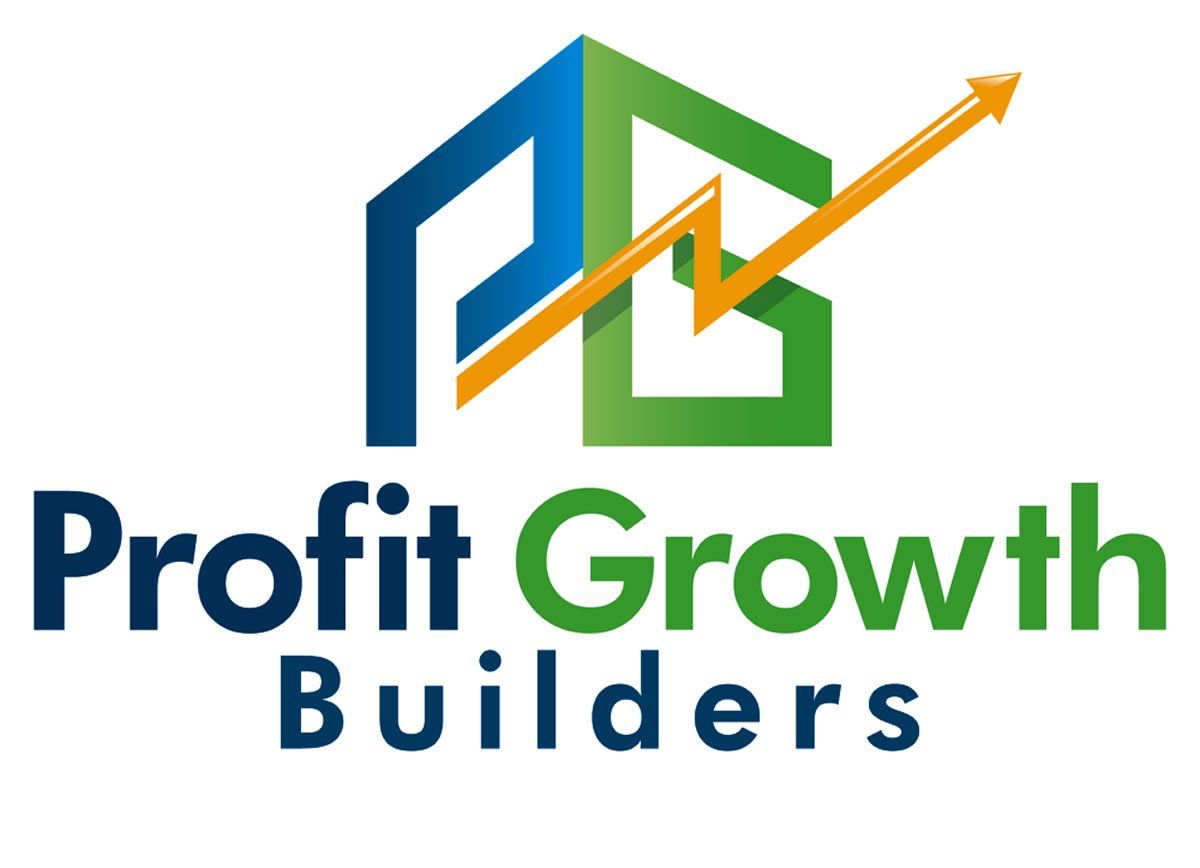Effective Lead Nurturing Strategies for Small Business
It's important to nurture leads throughout the purchase process after they've been engaged. Here are some of the most effective techniques to nurture leads.
Companies utilize inbound marketing as a vital technique to create more leads. Only a tiny number of incoming leads, on the other hand, are ready to buy straight now. Most leads take time and work to convert into buyers, which is why businesses require a lead nurturing plan.
What is the definition of lead nurturing?
The practice of cultivating relationships with potential customers who aren't quite ready to buy is known as lead nurturing. This relationship-building takes place at every step of the purchasing process. It entails adapting marketing and communications messaging to a prospect's unique needs to respond to their inquiries, develop trust, raise brand recognition, and deepen their bond with your company until they are ready to become a client.
The significance of lead fostering
Because the methods you utilize directly influence a prospect's choice to become a client, lead nurturing is critical to your company's success. On the other hand, lead nurturing isn't about completing a sale; instead, it's about establishing a connection and gaining trust. It allows you to communicate with the prospect in a more welcoming rather than invasive manner. Because you've already created a degree of trust with your prospective consumer, effective content marketing makes each subsequent encounter with them more natural and forthcoming.
In lead nurturing, there are several types of leads.
Every business has its own sales cycle, & prospects will enter the funnel in various ways to become leads and customers.
When it comes to lead nurturing, there are three phases of the sales cycle to consider:
- Awareness: The prospect has recognized and demonstrated signs of a problem or opportunity.
- Consideration: The issue and opportunity have been defined and named by the prospect.
- Determination: The prospect has decided on a plan, technique, or approach to dealing with the problem or opportunity.
The many sorts of leads may be classified based on where they are in the sales cycle:
- Lead: A lead has expressed an interest in your company's products or services & has permitted you to contact them. They may not have filled out a form or downloaded data from your website.
- Marketing-qualified-lead (MQL): This is a lead that has been passed on to sales for further qualifying. The marketing team has qualified the lead to avoid wasting the sales team's time with ineffective prospects (e.g., competitors, job applicants).
- SQL (sales-qualified lead): An SQL is a lead that has been qualified and accepted by the sales team. An SQL can go from here to become an opportunity (i.e., they consent to a presentation or sales call), a client (i.e., they make a purchase), or an advocate (i.e., they spread the word about your product) (i.e., they actively promote your brand).
Assisting with lead nurturing
Before you start nurturing leads, make sure you complete the following:
- Create buyer personas to aid in your comprehension of your clients.
- Invest in a platform for marketing automation.
Buyer personas should be created.
A buyer persona is a "made-up" persona of your ideal consumer. The persona is built on data and studying your existing or most significant consumers rather than being a natural person. It contains fundamental demographic data (such as age, gender, income, and geographic location), job-related data (such as industry, position, and role), personality (such as attitude, motives, and communication preferences), as well as other information about them personally. It also contains information on their purchasing motives, goals, difficulties, and other data that might help understand them as prospective or present clients.
Buyer personas allow you to customize your marketing, content, product development, and services to address better the requirements, problems, habits, and preferences of your prospects. It enables you to segment your target demographic and nurture leads through the purchasing cycle by personalizing your marketing and messaging.
Invest in a platform for marketing automation.
It may be highly time-intensive to develop and deliver marketing content to prospects manually. A marketing automation platform enables you to automate many aspects of the lead nurturing process, making it more efficient and scalable. Lead nurturing is aided by marketing automation software in a variety of ways since it allows you to:
- Direct traffic to certain areas of your website.
- Use email marketing automation to provide personalized messages to different buyer profiles.
- Send triggered emails in response to events (for example, welcome emails for new signups, milestone emails, and abandoned cart emails).
- Keep track of prospects and clients at various phases of the purchase process.
- Convert website visits into qualified leads.
- Organize and create material for various sorts of prospects.
- Recruit consumers to increase loyalty & influence referrals.
- Assign appropriate material to various teams and individuals inside your business.
Strategies for cultivating leads
Lead nurturing methods come in a variety of forms. The way they're used varies a lot depending on the sort of business. These seven techniques may be used in any business or sector.
1. Make sure your marketing and sales initiatives are in sync.
Lead nurturing methods should complement and assist your sales & marketing efforts, and vice versa. This will aid in improving client retention and increasing revenue.
You must identify the moments throughout the buyer's journey when you will shift a prospect from lead nurturing to sales and marketing to connect your lead nurturing and advertising & distribution tactics (and make them effective). Lead scoring, particular conversion events, and workflow enrollment are examples of triggers that might prompt you to advance the prospect through the buyer's journey.
It's critical to explicitly outline the responsibilities, objectives, and assumptions of the collaboration between lead nurturing, sales, and marketing teams. This will guarantee that everyone on the various teams is aware of and performs the appropriate jobs at the appropriate times. Creating a marketing & sales service level agreement is one method to do so (SLA). It specifies not just what the sales and marketing teams will deliver to the client but also how they will collaborate, including elements such as:
- The various parties' goals.
- All parties involved have requirements and needs.
- Contact points are the points when two or more people meet each other.
- Activities that come before and after the main event.
- Consequences of failing to fulfill objectives.
2. Make use of a lead scoring system.
Lead scoring is a method of providing a numerical value to a prospect based on how vital that lead is to your business. You'd utilize information about the lead to score it on a scale, such as the size of their firm, their position within the organization, or their amount of social media followers. Lead scoring may also be used to partition email lists so that leads with different scores receive different emails. You may score several interactions with prospects using marketing automation software, such as social media channels, conversion events, and website surfing habits. You can then pick which leads to follow up with right away and nurture further once your program counts the points gathered for distinct leads.
3. Personalize your emails.
One of the most successful techniques for nurturing prospects is email marketing. Prospects respond more favorably to emails that address them individually than generic emails; thus, sending personalized emails outperforms sending generic emails. Writing the email as though you were speaking with a buddy is one approach to producing customized communications. Instead of starting with their title, start with their name. Instead of being overly official or professional, write in a friendly and conversational tone. Consider how you would address them in a face-to-face conversation.
When utilizing email marketing software or even a marketing automation platform, there are numerous ways to customize emails:
- Include a field for the recipient's first name in the subject line of greeting.
- Based on the information in your CRM, write about relevant & personal events.
- Send material that is relevant to the stage of the lead's lifecycle.
- Add a personal signature to the end of your email.
- Include a particular call to action that will be beneficial to the recipient.
You may send customized emails in conjunction with a lead's activity, which is time-dependent. The origin of the email will influence what you say. When a visitor to your site does a specific action, you may send a personalized email, such as:
- Getting into an email & clicking on a link
- Going to a specific page on your site.
- Obtaining content that requires the use of an email address.
- Demonstrating a high level of interest in your company or product.
4. Make use of material that is suited to your audience.
Every lead is unique, with its own set of interests and requirements. Please communicate with your leads with customized content to strategically nurture them and obtain the most significant outcomes. This entails sending the appropriate material to the appropriate individuals at the appropriate time.
You'll need to perform the following to make customized content work:
- Match the potential to a buyer persona.
- Figure out where the prospect falls in the lifecycle.
- Determine the prospect's difficulties or issues, as well as how you might assist them.
- Use this information to create and deliver highly targeted content.
- Using marketing automation software, you can arrange your content by buyer profile and sales cycle and automatically send out tailored content to the appropriate people at the right time.
5. Nurture leads through a variety of methods.
You may utilize multi-channel lead nurturing strategies rather than just one form of lead nurturing, such as sending emails to a prospect list.
This might be a combination of the following:
- Email marketing
- Direct sales outreach
- Mobile marketing automation
- Social media monitoring (for example: commenting and liking posts)
- Dynamic website content (for example: personalizing content for different users)
- Paid retargeting on different websites
It's critical to integrate your multi-channel lead nurturing tactics with the initiatives of your sales & marketing teams to ensure their efficacy.
6. Follow up with prospects several times.
It's rare for a prospect to convert into a customer the first or second time you contact or connect with them through marketing. Therefore, lead nurturing is vital: turning prospects into customers sometimes takes numerous contacts. According to some studies, converting a prospect from first awareness of your brand to a buying client requires ten marketing touchpoints (such as through email messages). Many factors influence the number of touchpoints necessary to convert a lead into a client.
Two important factors are:
- Product/service price: More touches are required for higher-priced items and services than lower-priced products and services. A $10,000 product, for example, will require more touches than a $100 product.
- Touch quality: High-quality, usable information that solves your prospect's significant concerns more quickly and effectively builds trust faster than less helpful and compelling content.
Connecting with prospects numerous times with customized material that helps them go through the buyer's journey is an integral part of effective lead nurturing tactics. By answering their leading questions and addressing relevant problems, this material should inform & educate the prospect. You may nurture your prospects using various techniques, such as blog posts & articles, social media, white papers, case studies, direct mail, and other media, in addition to email marketing.
7. Follow up as soon as possible.
When people contact you for information or to make a purchase, they expect a quick answer. On the other hand, many companies do not follow up right away, which might result in missed chances with new prospects.
Following up on a lead with an email or phone contact promptly can help you convert leads into inbound sales prospects. Getting in touch with a lead as soon as possible after they've contacted you via your website or an email link can considerably improve your chances of turning them into a prospect.
Getting in touch with a lead as soon as possible after they've contacted you via your website or an email link can considerably improve your chances of turning them into a prospect.
Cold calling many prospects are far less successful than warm calling an incoming lead. The individual has previously expressed an interest in your business, product, or service, or even the information you give. You may also perform some fast research about the firm and the individual's job using the information they gave during the pre-sales connection to make an informed approach when contacting them.




